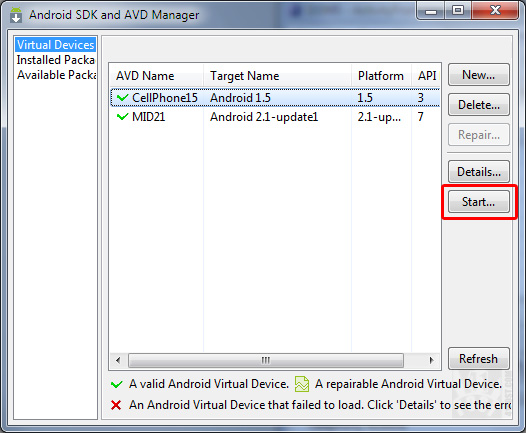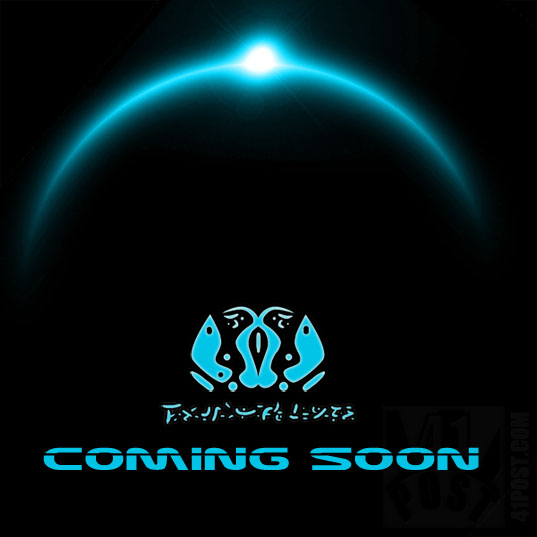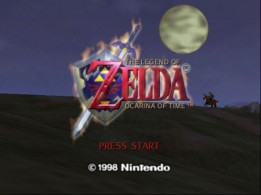How to add shaders to Ocarina of Time
Posted by Dimitri | Oct 21st, 2010 | Filed under Featured, Retro Games
This post explains how to add shaders to 1964, a Nintendo 64 emulator, meaning that it is possible to emulate N64 games with effects like bloom, HDR, or even sepia. It can be done without high resolution texture packs, but if you want to learn how to replace the original game’s texture for better results, check out this post: How to play Ocarina of Time with high resolution textures.
The first step is to download the 1964 emulator. By the time this post had been written, the latest version was the 1.1.0, found at: 1964 Download Page.
The 1964_11.rar file comes with the emulator executable and source code. The emulator executable is at the bin/release folder. Extract all contents of the Release folder to some place you can find later.
Continue reading: “How to add shaders to Ocarina of Time”
How to play Ocarina of Time with high resolution textures
Posted by Dimitri | Oct 21st, 2010 | Filed under Retro Games
This post will explain the necessary steps to run The Legend of Zelda: Ocarina of Time or any other N64 with high resolution textures. It’s easy to find tutorials explaining how to get the new textures working with the Project64 emulator, but here you will find information on how to get these textures working with the 1964 (nineteen64) emulator. The process described here will be the same for other emulators, since the video plug-in is the actual responsible for swapping textures, so, the instructions contained in this post should also work with Project64.
The following images are an example of what the game will look like after the addition of high resolution textures:
Continue reading: “How to play Ocarina of Time with high resolution textures”
Installing APK Files on Android Emulator
Posted by Dimitri | Oct 14th, 2010 | Filed under Programming
Not exactly code, but it’s programming related. Chances are, you already found a bunch of pages describing the process of installing a APK file on Android Emulator using the command line. Surely, it is the safest and most recommend method, but why go through all the trouble if you want to run the application just once or twice? If you are a Eclipse user, there is a easier way, that will be explained here.
First, choose a device you wish to start emulation from the AVD Manger.

Select a Android Virtual Device to start the emulator.
Continue reading: “Installing APK Files on Android Emulator”
WordPress: get posts within the loop
Posted by Dimitri | Oct 11th, 2010 | Filed under Programming
This post will explain how to get posts at the WordPress loop, so you can place code (probably advertisement code) after a specific post (first, second, third) or at intervals (e.g.: every 3 posts).
Before starting, it is a good idea to create a backup copy of your theme’s index.php file, just in case anything goes wrong.
This is a five page post, so here is the page index:
- Get the first post
- Get the 2nd, 3rd or any other post
- Get odd/even posts
- Get post intervals
- Final considerations
Let’s begin by finding where to place the code. That’s why we need to find the WordPress Loop in the index.php file.
Continue reading: “WordPress: get posts within the loop”
New Project: Web Game
Posted by Dimitri | Oct 7th, 2010 | Filed under Projects
This project is going to be a 3D game that can be played on regular web browsers. In this game, the player has to try to collect as many crystals as possible while trying to keep the robot alive. There is no plan for a release date yet.
Of course, there are some other gameplay features, but I will be releasing more news about this project when it reaches the beta version. Luckily, I’m not doing this alone. I’m working with a great 3D artist called Basílio, he has set up a temporary blog here: Augusto Basílio Design.
Here’s a teaser image:

What do you think?






